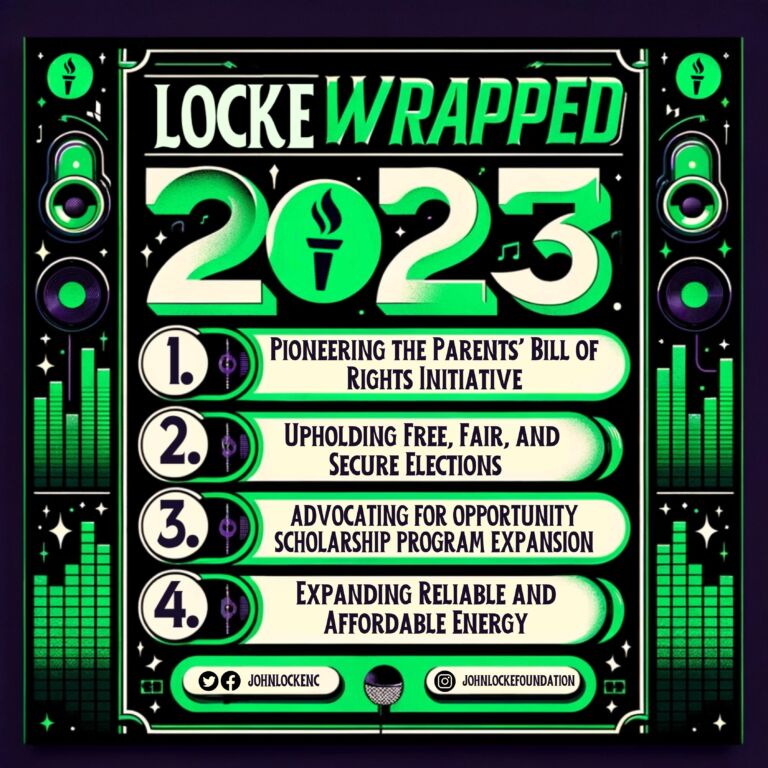Tevi Troy outlines for Real Clear Politics readers details about a major advertising buy designed to promote the 2010 federal health care reform law.
President Obama’s political group Organizing for America has just launched a seven-figure ad campaign to sell Americans on the Affordable Care Act. Spending on health care advertising is nothing new, of course. The famous “Harry and Louise” ads of 1993 and 1994 cost about $14 million, and helped stop the Clintons’ health care reform effort. Furthermore, about $25 million was spent on advertising in the period leading up to the passage of the ACA.
It is a little unusual to spend significant amounts of money on already-passed legislation, but unusual has become the new norm when it comes to the ACA. A recent study by Kantar Media CMAG shows that $475 million has been spent in political advertising on the ACA since it became law in March 2010, an unprecedented amount. This figure does not count the new OFA ad campaign, which is sure to spur additional spending in the months ahead.
Of the $475 million measured by Kantar, ACA critics have spent the bulk of it, $400 million, more than five times what supporters have spent. While the overall spending levels are surprisingly high, the 5-to-1 disparity makes some sense, as supporters got what they wanted (the law’s passage) and opponents are trying to overturn and reform the existing law, which is always a more difficult task. From the opponents’ perspective, advertising against the health care law has been beneficial in this respect: Opposition to the law remains greater than support for it, with a plurality of respondents consistently remaining opposed. This stands in contrast to the vast majority of other social welfare laws, in which passage has typically softened opposition. Opponents can look to the ad campaign as proof that their efforts to expose what is in the law belie Nancy Pelosi’s promises that passage would lead to wonderful discoveries.
Despite these successes, however, Republicans have not moved opposition to the ACA high enough for their purposes. Opposition, though greater than support, remains below 50 percent. This fact raises questions about the ability of more advertising to increase that number further. To gain additional traction, opponents would need to provide new evidence of the ACA’s flaws. This should not be too difficult. The forthcoming implementation of the law will likely provide ample horror stories at every level, from individual to statistical, including victims of cold bureaucratic decision-making and evidence of higher premiums. Expect those advertising against the ACA to highlight these issues in the months ahead.


